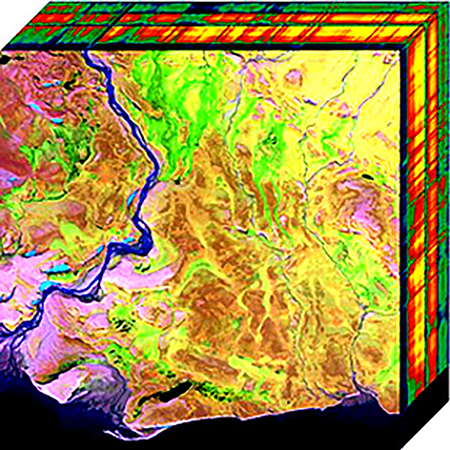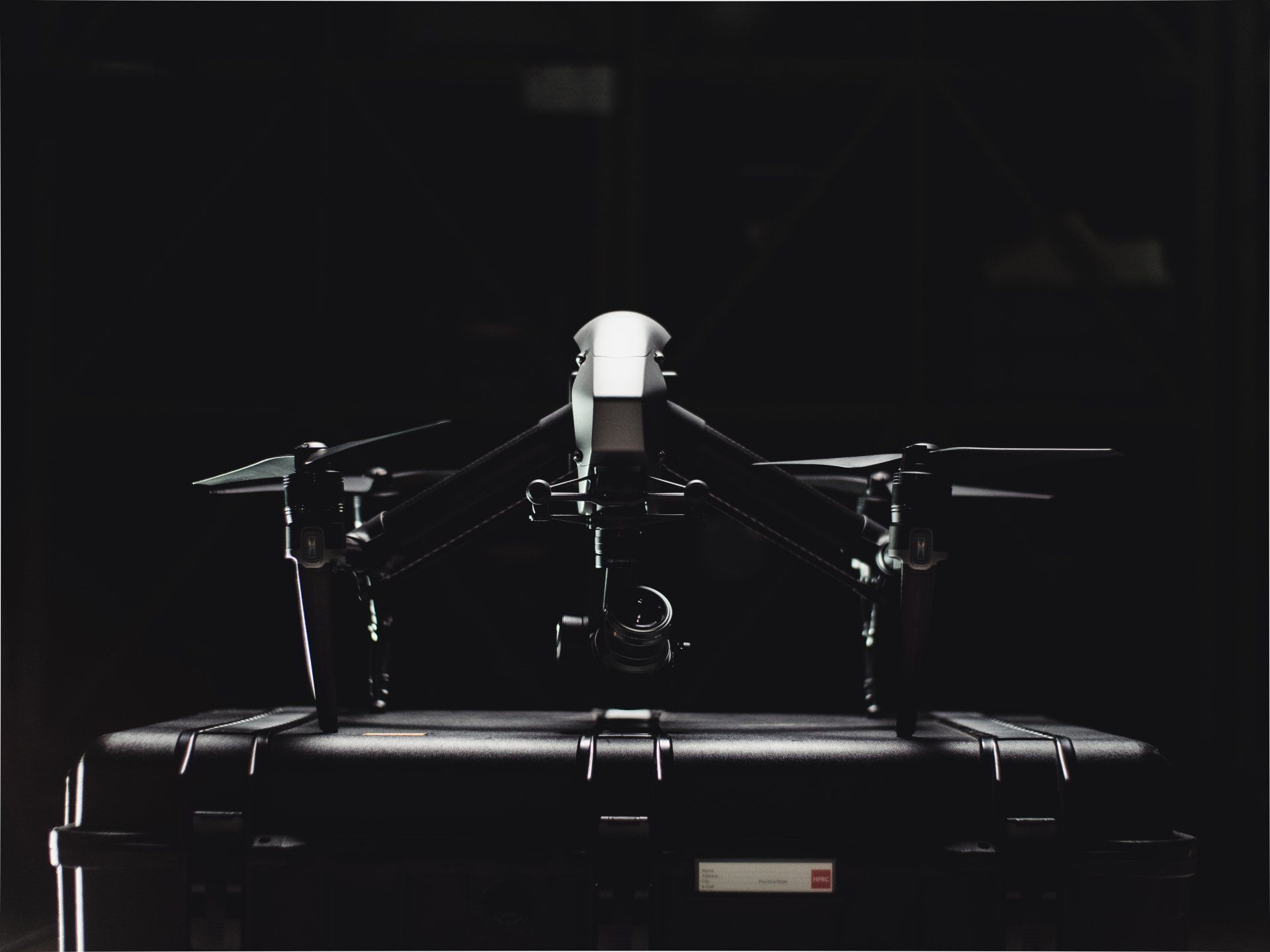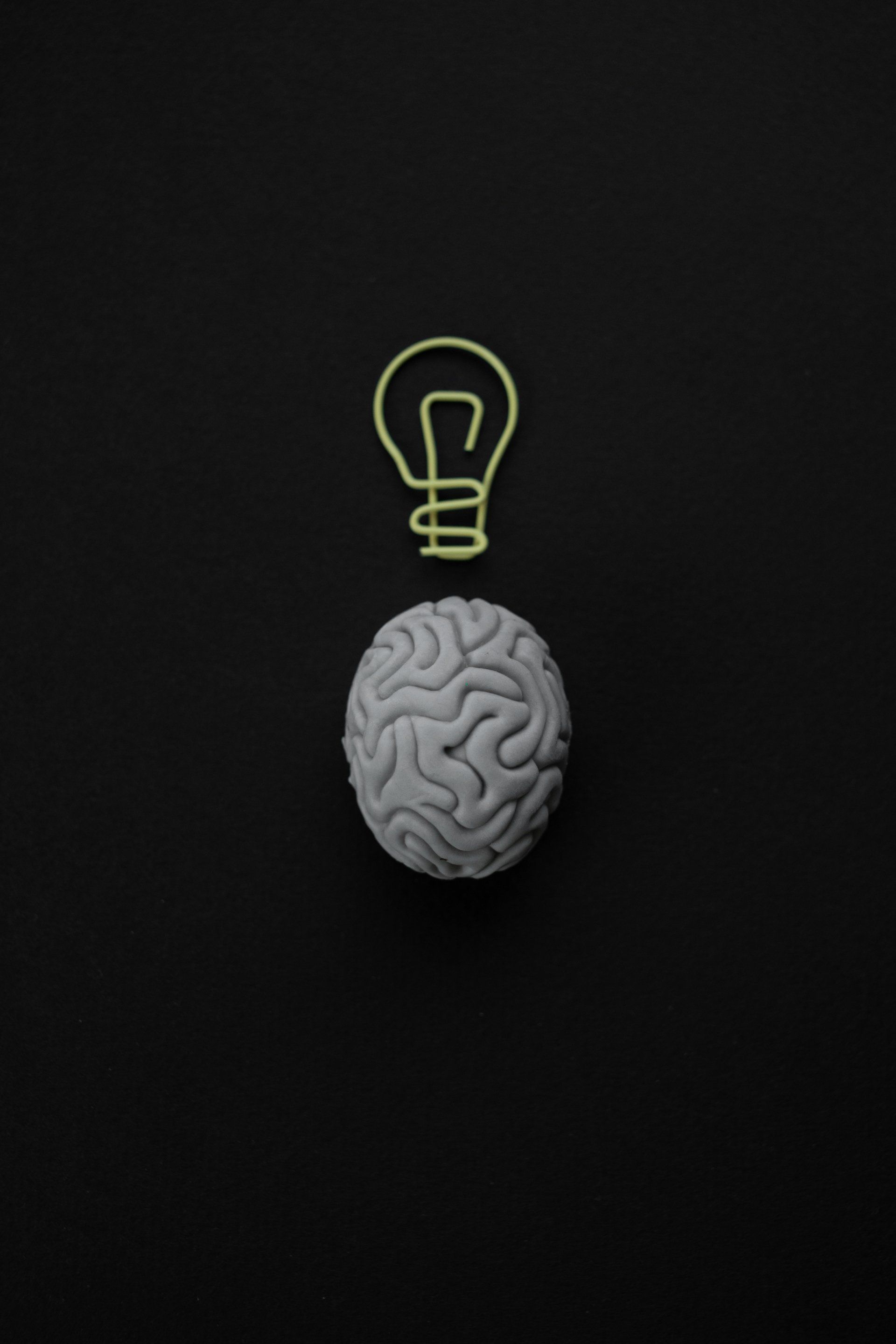5 Essential Brain-Inspired Coding Tips for AI Developers
Discover how insights from human neuroscience can elevate your AI coding skills. Learn five key strategies for creating more effective AI applications.

Unravel the intriguing intersection of neuroscience and AI development. We delve into how insights from the human brain can enhance your AI coding skills and provide five actionable strategies for AI developers.
The Human Brain and AI: Drawing Inspiration from Neuroscience
As we aspire to develop more sophisticated artificial intelligence, understanding the human brain becomes a critical stepping stone. Grasping how our brains process information, make decisions, and learn can inspire novel AI programming techniques. By simulating the brain's intricate neural networks, AI developers can design more efficient and powerful algorithms.
Harness the Power of Neural Network Architectures
At the heart of AI development lie neural networks, which parallel the structure and function of the human brain. Diving deep into different neural network structures, such as convolutional neural networks (CNNs) for image processing or recurrent neural networks (RNNs) for sequential data, can give AI developers an edge. Customizing these architectures for specific tasks can lead to extraordinary results.
Infuse Neuroplasticity into Your AI Models
Neuroplasticity, the brain's ability to form and reorganize connections, is a fundamental principle behind learning and memory. Integrating this concept into AI development, AI scientists can design algorithms that continuously adapt to new data. By constructing AI models that embrace change, they can maintain relevance and efficacy in fluctuating environments.
The Importance of Explainable AI
Transparency is key in AI development. AI applications that provide clear reasoning for their decisions, akin to the human brain's explainability, are more reliable and easier to debug. Emphasizing explainability allows developers to identify and eliminate biases, thereby promoting ethical AI practices.
Pioneering Creative Solutions through Human-AI Collaboration
While AI systems are incredibly powerful, they often miss the creative and intuitive aspect inherent to humans. Recognizing the value of human-AI synergy can lead to groundbreaking solutions. Pairing human insights with AI's processing capabilities can revolutionize various fields, from art and medicine to scientific research.
In summary, delving into the human brain's intricacies can prove immensely beneficial for AI developers aiming to improve their code. By harnessing lessons from neuroscience, exploring diverse neural network architectures, optimizing for neuroplasticity, emphasizing explainable AI, and encouraging human-AI collaboration, we can set the stage for more effective and impactful AI applications. The marriage of human and artificial intelligence will surely define the future of technological innovation.










